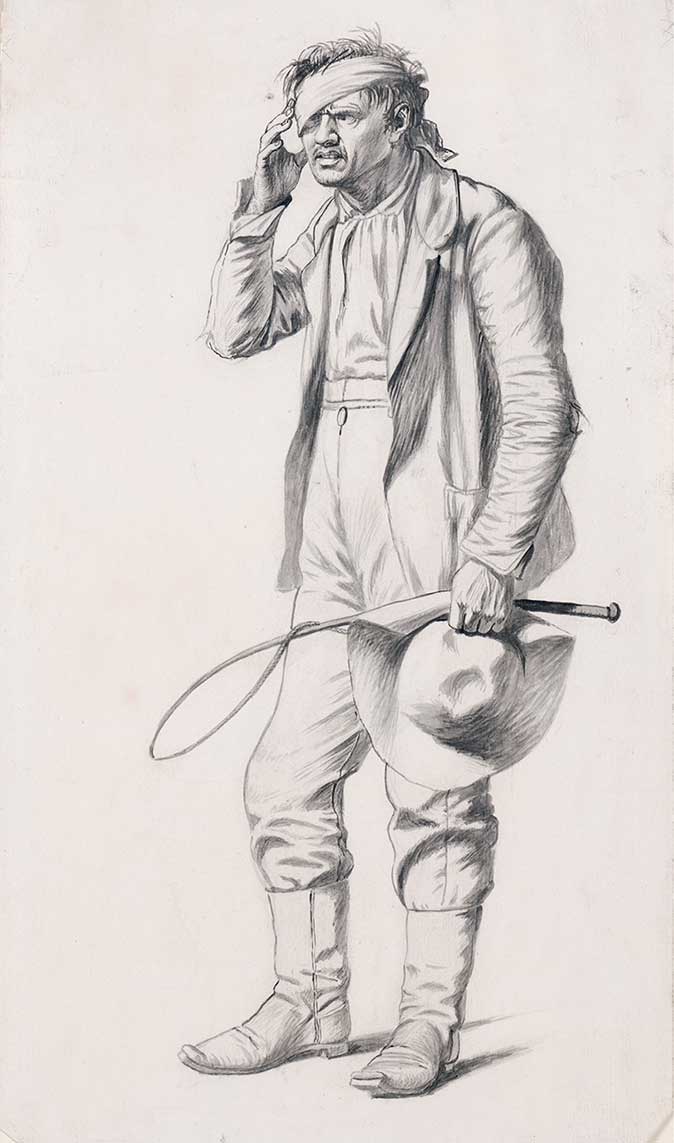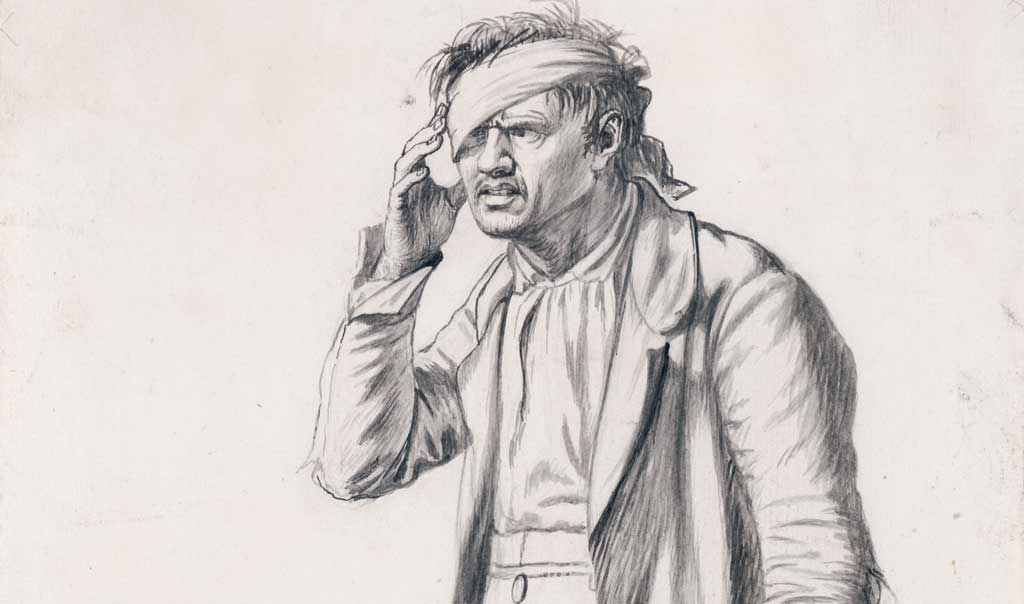STARTS
2011-03-09 00:00:00
Ends
2011-10-02 23:59:59
Location
Bingham@200
Bingham@200
George Caleb Bingham (1811–1879), whose bicentennial we celebrate this year, used drawing as a foundation of his art throughout his career.
The drawings that have survived—of single figures or details of them—relate to his popular paintings of everyday life and politics in Missouri. Exactly how Bingham used his drawings, however, remains a mystery.
Often to scale and stage-like in their poses, his precisely rendered figures may have aided him as he arranged compositions. Carefully delineated shading also likely provided a guide as he created volumetric form and shadows in paint. In addition, Bingham’s drawings helped him recycle specific figures for multiple paintings.
The drawings on view are a selection from more than 100 sheets originally owned by John How, an early St. Louis mayor. How gave the drawings to the St. Louis Mercantile Library in 1868, where they remained until 1974, when the library decided to sell them. Citizens across the state raised the necessary funds to allow the drawings to be held in trust for the People of Missouri. Today, the drawings reside at The Nelson-Atkins Museum of Art and the Saint Louis Art Museum.
The Nelson-Atkins’ American art collection has some 600 works on paper. Installations in this gallery rotate every six months in order to display the variety of the collection and to protect it from overexposure to damaging light.

